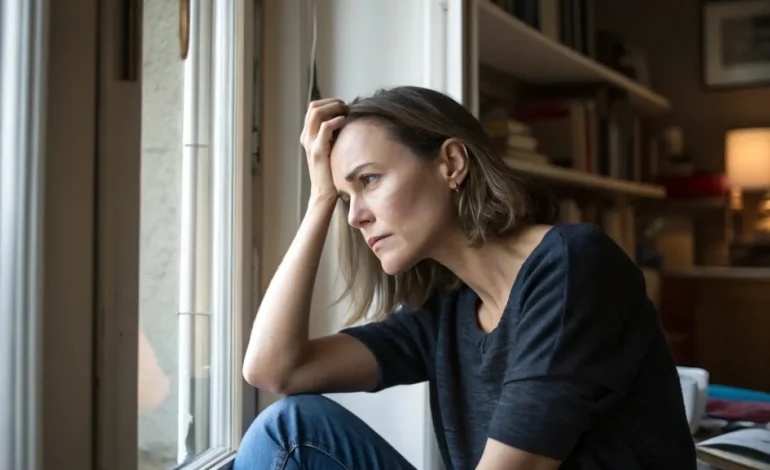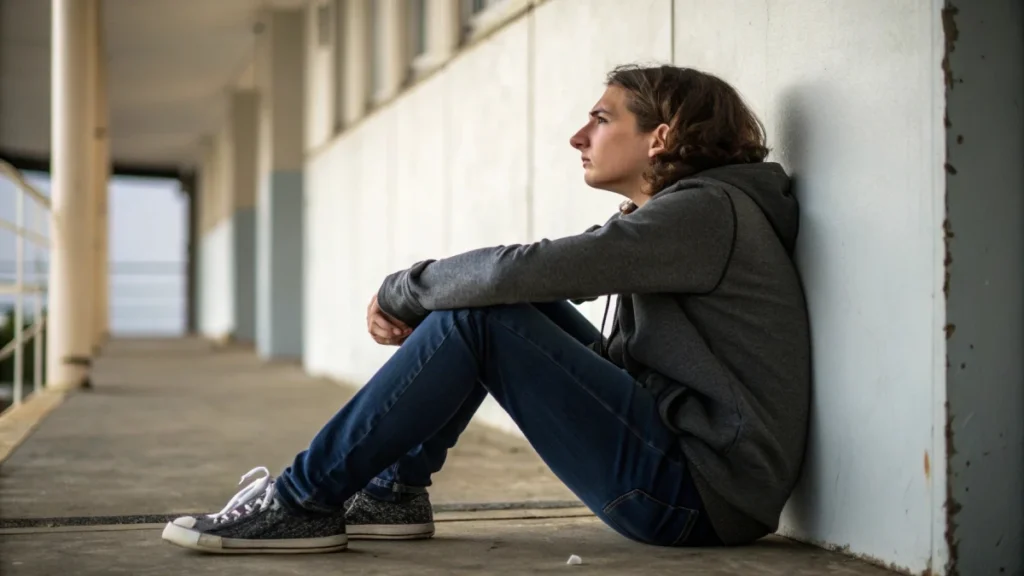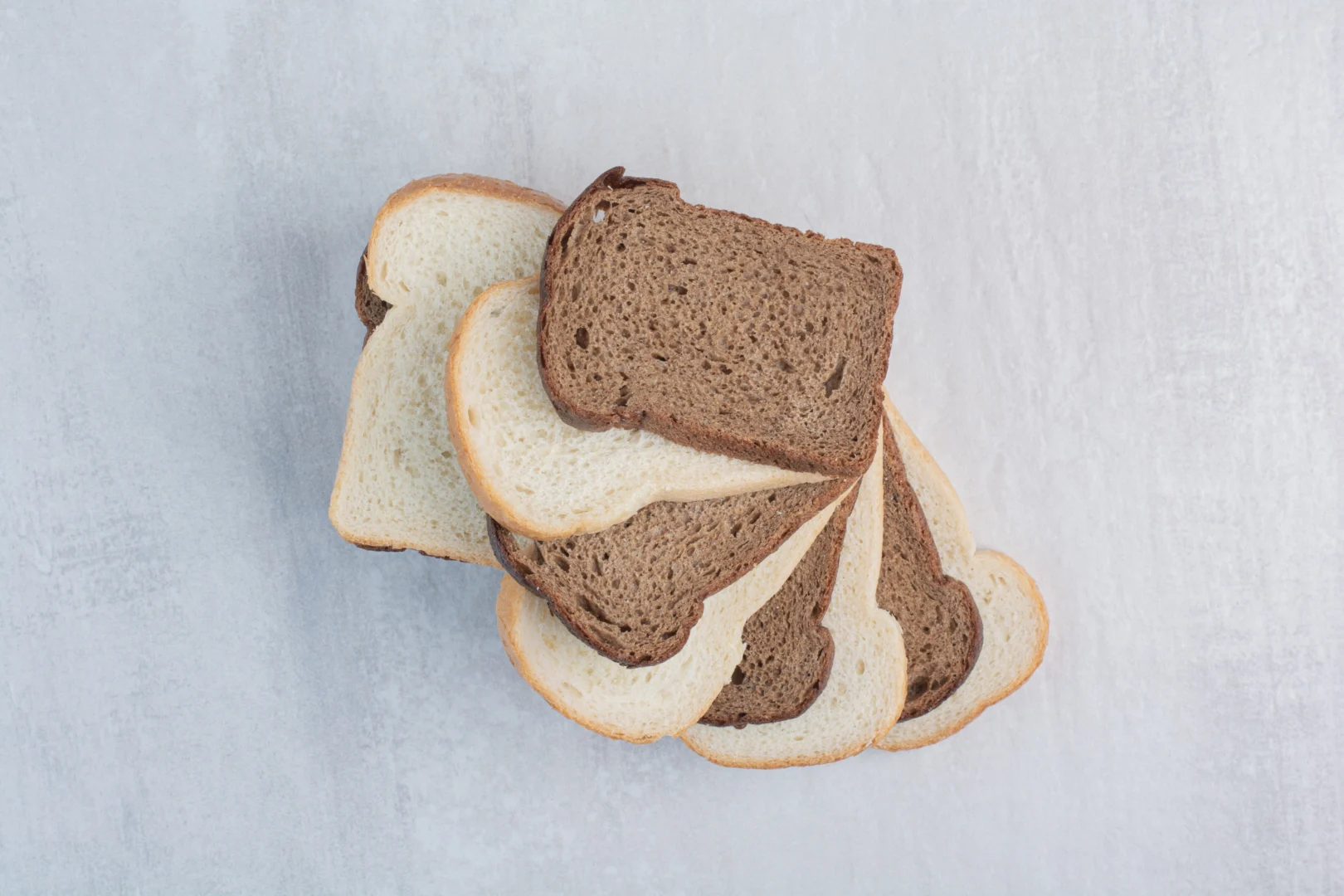Losing My Hair, Finding Myself: A Woman’s Journey Through Thinning Hair and What Really Helped
Discover a woman’s personal journey through hair thinning, its causes, mental health impact, and effective treatments that truly help restore hair and confidence. Expert tips on care, lifestyle, and avoiding

Hair loss isn’t just a man’s issue — millions of women worldwide face it every day. In fact, about 40% of womenexperience noticeable hair thinning by age 40, and the numbers only rise as we get older. Yet despite how common it is, hair loss in women remains a topic many avoid discussing openly. I never expected to be one of those women, but when I started noticing my hair thinning, it changed how I saw myself — and how I lived.
What Causes Hair Loss and Thinning in Women?
Hair loss in women results from a complex mix of factors, often overlapping. Here are the most common causes:
- Hormonal Changes: Pregnancy, menopause, and thyroid disorders disrupt the hair growth cycle. Dr. Emily Saunders, a dermatologist specializing in hair disorders, explains, “Hormonal fluctuations can dramatically alter the hair’s natural cycle, often triggering thinning or shedding that can last months or even years.”
- Genetics: Female pattern hair loss (androgenetic alopecia) is hereditary and the leading cause of gradual thinning.
- Stress and Illness: Physical or emotional stress, surgeries, and illness trigger temporary shedding known as telogen effluvium.
- Nutritional Deficiencies: Low levels of iron, vitamin D, and biotin weaken hair. “Ensuring proper nutrient levels is critical,” says Dr. Saunders. “Even mild deficiencies can compromise hair strength.”
- Medications: Chemotherapy drugs, blood thinners, and other medications can cause hair loss.
- Autoimmune Disorders: Conditions like alopecia areata cause patchy hair loss by attacking hair follicles.
- Traction Alopecia: Hairstyles that pull tightly can damage hair roots.
Types of Hair Thinning Women Experience
Understanding your specific type of hair loss can guide treatment:
- Female Pattern Hair Loss (FPHL): Diffuse thinning mainly on the crown and part line.
- Telogen Effluvium: Sudden, temporary shedding caused by stress or hormonal shifts.
- Alopecia Areata: Patchy hair loss due to autoimmune response.
- Traction Alopecia: Hair loss from tight hairstyles.
Dr. Michelle Lee, a trichologist, says, “Accurate diagnosis is the first step to successful treatment. Many women come in thinking they have pattern baldness, but it’s often telogen effluvium triggered by stress or a health event.”

How Hair Loss Affected My Mental Health
For me, the hardest part wasn’t just the physical change — it was the emotional toll. I found myself avoiding mirrors and social situations, especially dating. All I could focus on was that big thinning spot growing each day. I wondered, Why me? It hurt my self-esteem and mental well-being. Studies confirm that hair loss in women can significantly increase anxiety and depression. Dr. Lee adds, “The psychological impact of hair loss on women is profound. It can affect self-esteem, relationships, and overall quality of life.”
How to Treat Thinning Hair and What to Look For
There are treatments that truly help:
- Minoxidil: The only FDA-approved topical treatment for female hair loss. It stimulates follicles and promotes regrowth. “Minoxidil remains the frontline treatment because of its proven efficacy,” says Dr. Saunders.
- Supplements: Biotin, vitamin D, and iron strengthen hair from the inside.
- Hormone Therapy: Balancing hormones in menopause or thyroid issues can improve hair health.
- Platelet-Rich Plasma (PRP) Therapy: Injections of your own platelet-rich plasma boost follicle activity.
- Low-Level Laser Therapy: Devices that improve scalp circulation encourage regrowth.
- Gentle Hair Care: Use sulfate-free shampoos, avoid harsh chemicals, and minimize heat styling.
Look for ingredients like keratin, caffeine, rosemary oil, and peptides in hair products — they all support hair health.
Lifestyle Changes That Support Healthy Hair
I learned the importance of nourishing my body with a balanced diet rich in protein and omega-3 fatty acids. Stress management through meditation, yoga, and walking helped me mentally and physically. Avoiding hairstyles that pull on the scalp prevented more damage. These small changes added up to big improvements over time.
Ways to Avoid Hair Loss
While some causes like genetics are beyond control, you can reduce risk by:
- Managing stress effectively.
- Eating a nutrient-rich diet.
- Avoiding tight hairstyles.
- Limiting heat styling and chemical treatments.
- Regularly checking iron, vitamin D, and hormone levels with your doctor.
Some thoughts from my side
Hair loss can feel like losing a piece of yourself. But with the right knowledge, treatment, and self-care, it’s possible to regain not only your hair but also your confidence. My journey wasn’t easy, but it showed me how strong and resilient we truly are.
If you’re dealing with thinning hair, don’t suffer in silence. Seek help, try the treatments, and know you’re far from alone.








